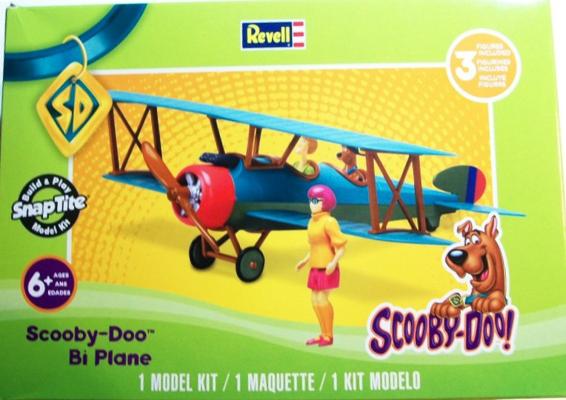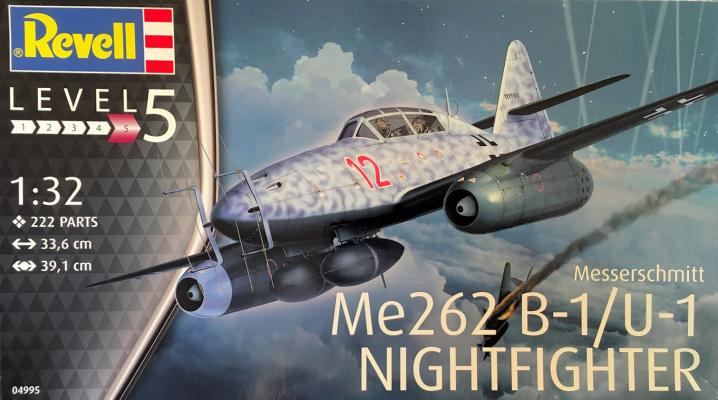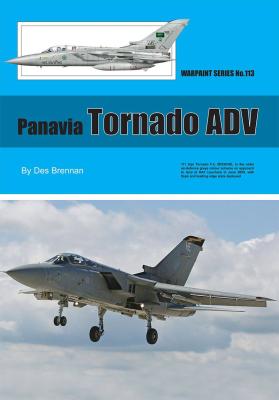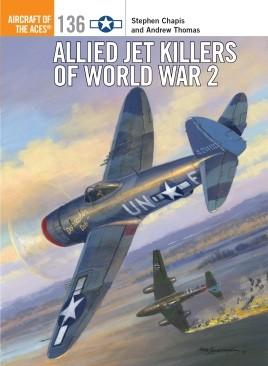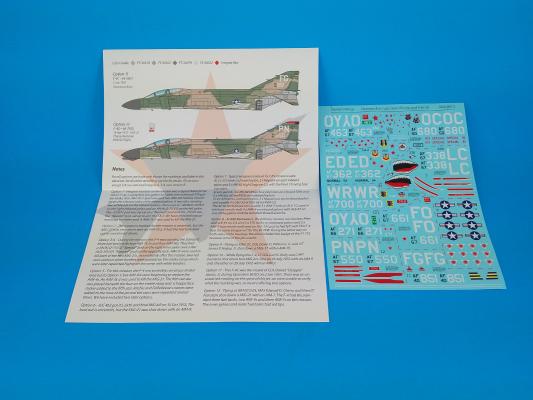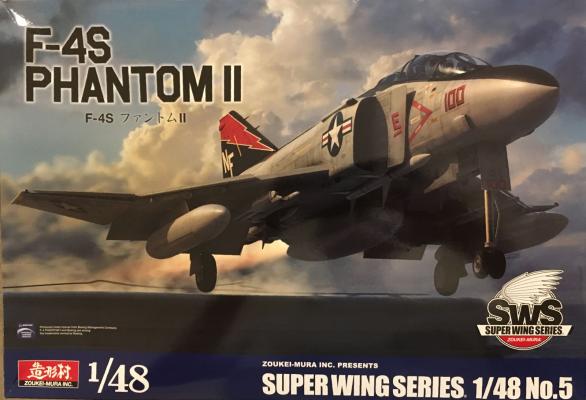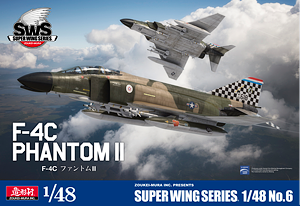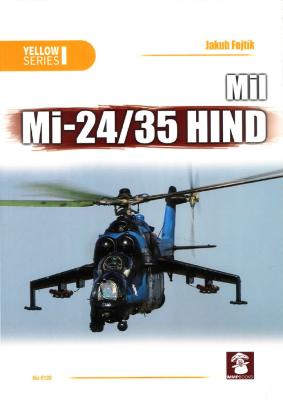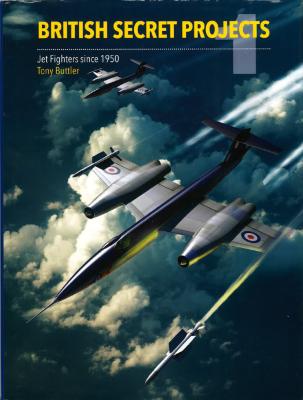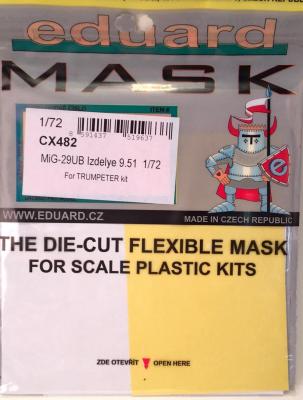This is a brand new tooling of the Bi-Plane flown by Scooby-Doo and Shaggy in the cartoon. It is a snap together kit aimed at the young modeler. With that in mind I had my 7 year old son build it while I looked on.
In the box is;
- 44 parts packed of the sprues
- 1 decal sheet (stickers)
- 1 instruction booklet
All the sprues are extremely well molded and no flash or sprue marks; the instruction booklet is easy to follow and well-illustrated.
Construction
Was very simple and my son had no trouble assembling the kit I about 20 minutes from start to finish. The only little issue he had was attaching the top wing assembly. In fact I did end up gluing this in place for him.
The final stages were the assembly of the three included figures which are Scooby-doo, Shaggy and Velma. These were a little tricky to push the arms on so I assisted.

